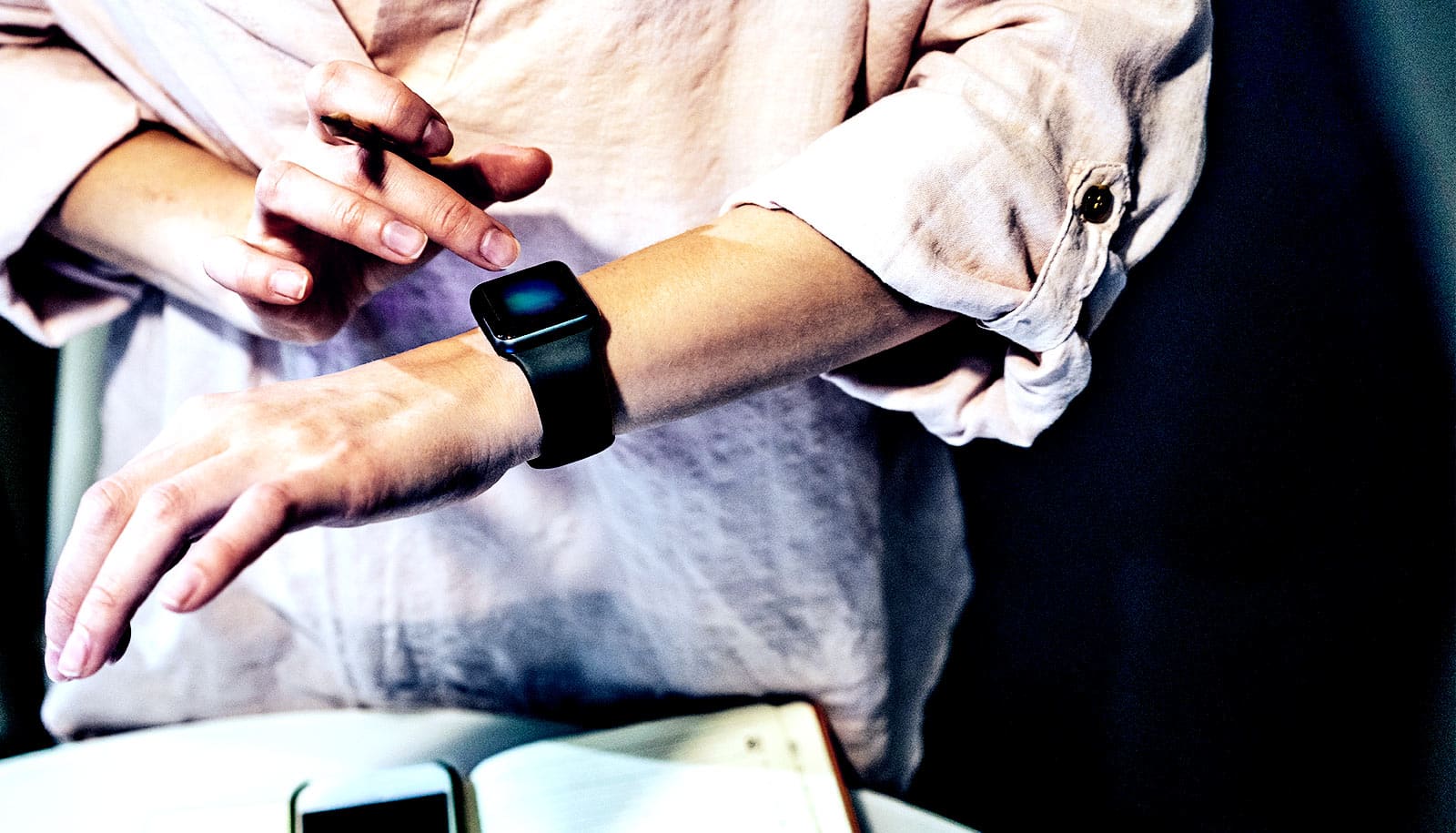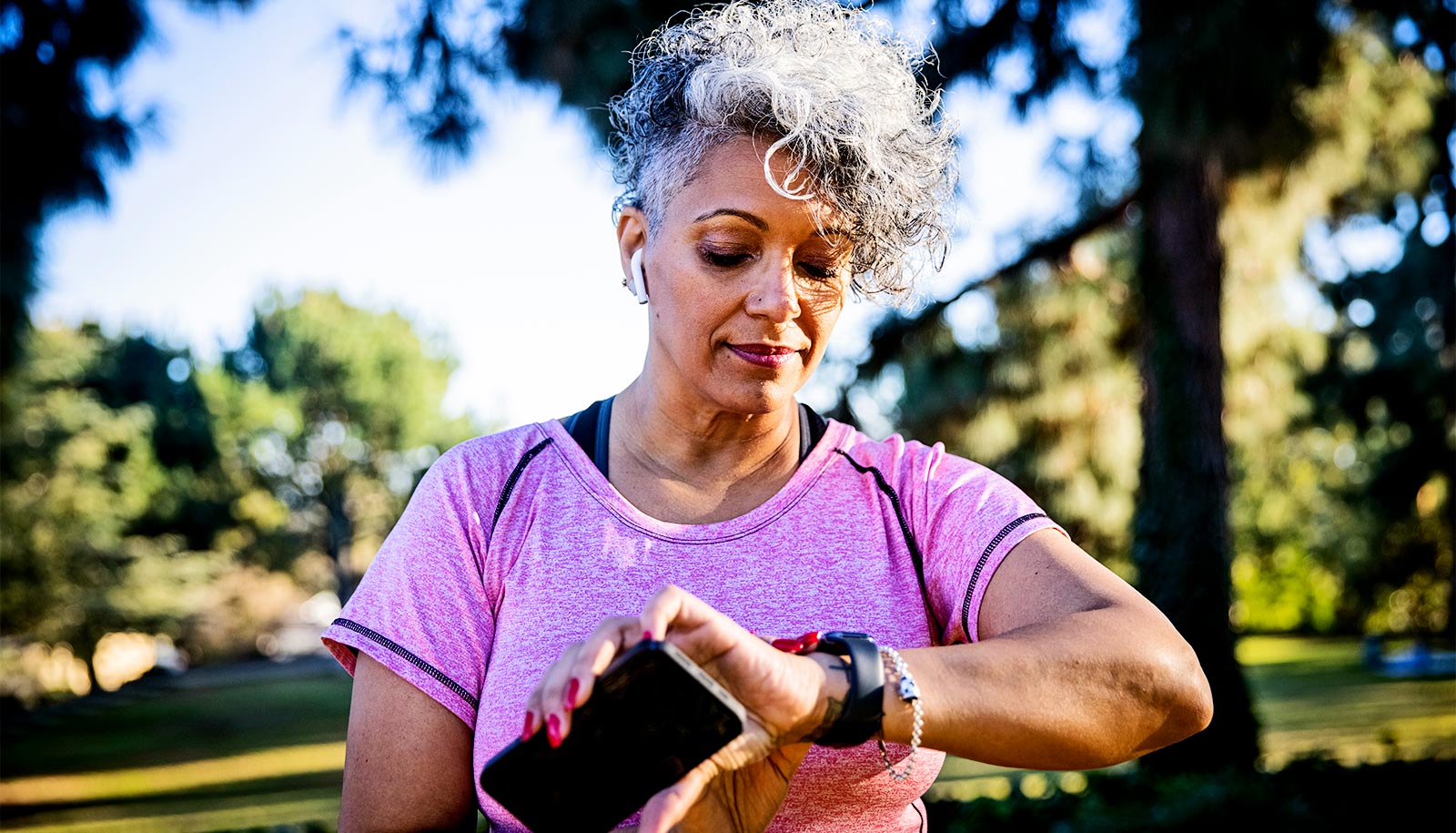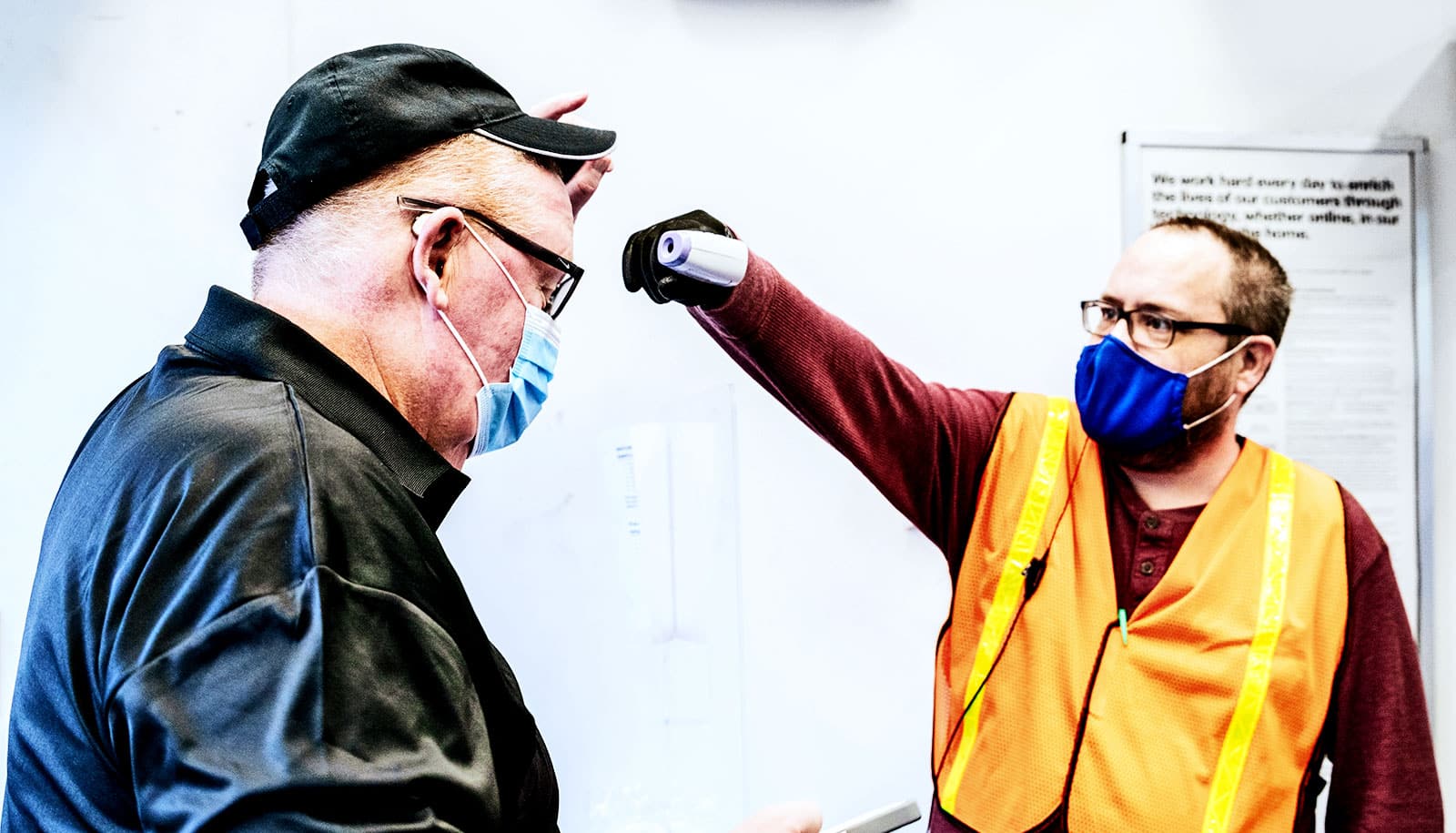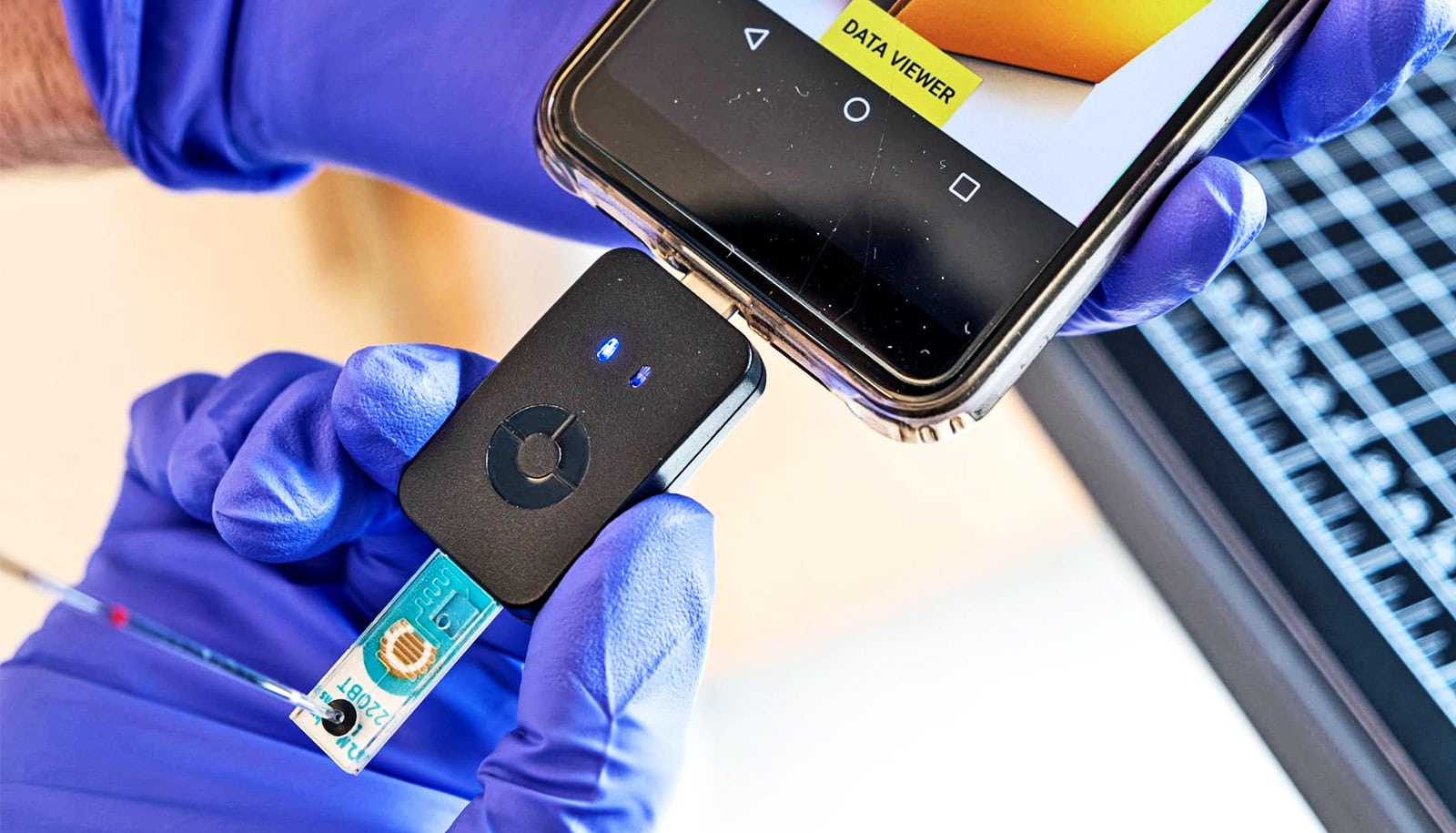Researchers created an algorithm to notify smartwatch wearers of stress, capturing events such as air travel, extended exercise, and illness.
The new algorithm reads heart rate as a proxy for physiological or mental stress. It could potentially alert wearers they’re falling ill before they have symptoms.
The researchers have enrolled thousands of participants in a study that uses the algorithm to look for extended periods during which heart rate is higher than normal—a telltale sign that something may be amiss.
But figuring out what may be wrong takes a little sleuthing. During the study, many stressors triggered an alert. Some folks received them while traveling, some while running a marathon, others after over-indulging at the bar.
The most exciting finding, says Michael Snyder, professor and chair of genetics at Stanford University, is that the algorithm can detect 80% of confirmed COVID-19 cases before or when participants were symptomatic.
“The idea is for people to eventually use this information to decide whether they need to get a COVID-19 test or self-isolate,” Snyder says. “We’re not there yet—we still need to test this in clinical trials but that’s the ultimate goal.”
The algorithm can’t differentiate between someone who’s knocked back a few too many, someone’s who’s stressed because of work, and someone who’s ill with a virus. Although it pinged users who had COVID-19, more refining is needed before people can depend on their smartwatches to warn them of an impending infection with SARS-CoV-2 or other viruses.
The alert system was built using MyPHD, a scalable, secure platform for health data.
A paper detailing the study appears in Nature Medicine.
During the study, which ran for about eight months in 2020 and 2021, 2,155 participants donned a smartwatch, which tracked mental and physical “stress events” via heart rate. When notified of a stress event, through an alert paired with an app on their phone, participants recorded what they were doing. To trigger an alert, their heart rate needed to be elevated for more than a few hours, so a quick jog around the block or a sudden loud noise didn’t set it off.
“What’s great about this is people can contextualize their alerts,” Snyder says. “If you’re traveling via airline and you receive an alert, you know that air travel is likely the culprit.”
If, however, you’re sitting on the couch with a cup of chamomile tea and you receive an alert, that may be a sign that something else—an infection, perhaps—is brewing. Snyder hopes wearers will be able to discern when an alert means they should consider getting tested.
Of 84 people diagnosed with COVID-19 during the study, the algorithm flagged 67. Most alerts fell into other categories, such as travel, eating a large meal, menstruation, mental stress, intoxication, or non-COVID-19 infections. The algorithm also flagged a period of stress after many participants received a COVID-19 vaccine, reflecting the uptick in immune response prompted by the shot.
As Snyder and the team recruit more participants into the study, they’re planning to hone the specificity of the alerts by adding data—including step count, sleep patterns, and body temperature—in the hope that data patterns can correspond to and flag distinct stress events. In addition, the researchers plan to run a clinical trial to determine if the alerts can reliably detect a COVID-19 infection and be used to guide medical choices.
The National Institutes of Health, Amazon Web Services Diagnostic Development Initiative, the Flu Lab, Google for Education, and the Schmidt Futures program funded the work.
Source: Stanford University



